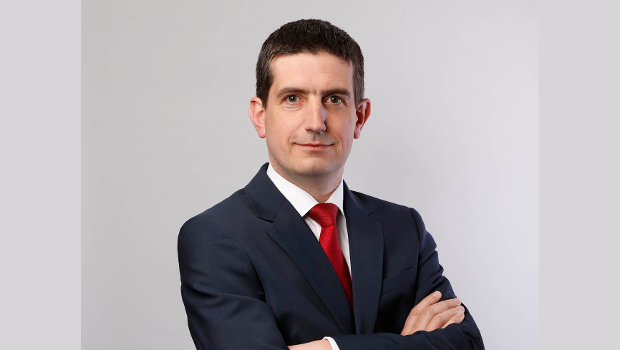
Flight of fancy: why moving to the public cloud isn’t always the lowest-cost option

Moving IT infrastructure to the cloud can be like flying with a low-cost airline; the ticket seems inexpensive at first, but if you want the service to a standard you expect, the price quickly goes up. Customers may get to their destination in the end, but it can often involve more cost, time and effort than originally envisioned.
When engaging with a hyperscale cloud provider for Infrastructure as a Service (IaaS), the conversation can quickly turn to adapting workloads to fit the vendor’s PaaS solutions; the original headline costs become a memory. In our experience, migrating a significant workload to the cloud is not just a case of ‘set and forget’. For critical IT workloads, enterprises generally need to add premium support services and very likely, the additional support of an accredited partner.
To go back to our airline analogy, this is the part where the customer ends up having to pay for priority booking, an allocated seat, baggage on board and the train hop to their actual destination!
That is why it is so important to calculate the true total cost of ownership (TCO) for IT infrastructure before committing to the cloud. Such is the complexity of the hyperscale cloud providers’ offerings that many organisations’ IT departments often end up needing more engineering resources or require the support of a third party whose engineers are certified and are immersed in those technologies. And it’s important to make TCO calculations independently, not driven by a potentially biased vendor calculator.
“A true hybrid cloud environment should involve the right combination of cloud services together with co-located/on-premises systems. The business should have absolute control of where and when to allocate workloads and, critically, migration in both directions should be seamless”
Just to be clear, public cloud has proven to be an excellent model for many IT workloads, but it isn’t necessarily the most appropriate or most economical model in every case. I am absolutely convinced there are workloads that will not deliver benefits around cost or flexibility when migrated to hyperscale public cloud. For example, memory-intensive, high-performance computing applications or high-performance storage can often deliver better returns by remaining in the company’s own data centre infrastructure.
Another element that raises the cost and complexity of moving workloads to hyperscale cloud providers is the direct comms link from the data centre or customer site to the cloud provider in hybrid scenarios. Microsoft Azure’s Express Route and AWS’ Direct Connect come loaded with charges for carrier connectivity, port connection and egress premiums when you want to move data and applications between on-premise site and the cloud. As both a colocation and enterprise IaaS provider, Servecentric is able to offer high-capacity cross connect lines from customer infrastructure to our Enterprise Cloud with no egress costs, no telecommunications charges and no port connection fees.
A true hybrid cloud environment, in my opinion, should involve the right combination of cloud services together with co-located/on-premises systems. The business should have absolute control of where and when to allocate workloads and, critically, migration in both directions should be seamless. In this scenario, IT leaders can quickly, easily and freely migrate systems in and out of the public cloud and between clouds as they need.
Just as cheap flights have made air travel widely accessible for everyone, the flexibility and scalability of cloud has benefited businesses of all sizes. But when an organisation’s IT reaches a certain scale and complexity, there are times when the headline low-cost option is not the most economically viable for the customer.
Servecentric is a Dublin based data centre and cloud service provider. For more information, visit www.servecentric.com
Brian Roe is commercial director for Servecentric






Subscribers 0
Fans 0
Followers 0
Followers